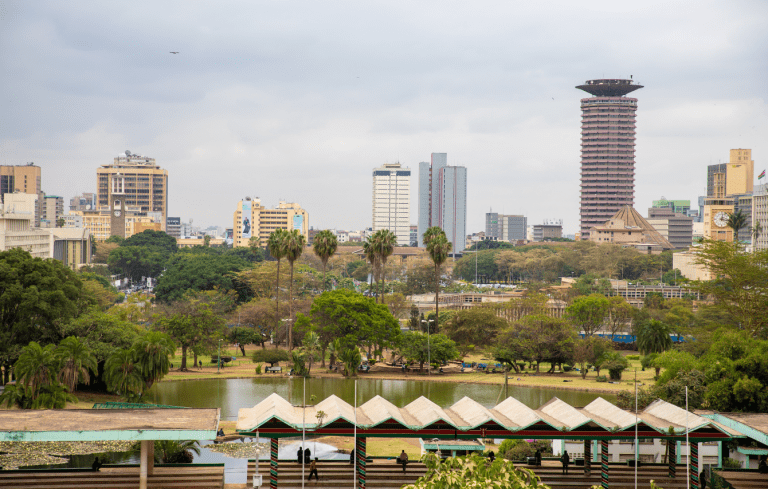In continuation of our previous articles regarding this subject, we now present an update on the current status of the ATO legislation, explicitly focusing on matters relevant to tax accountants.
The main residence exemption provides homeowners with an exemption from CGT on their family home. Under the absence rule, the main residence exemption can continue to apply for up to six years if the property is rented out or indefinitely if they aren’t earning rent from the property.
A Federal Budget measure announcement last year means that this exemption will no longer apply to foreign or temporary residents for properties they purchased after 7.30 pm on 9 May 2017. For properties purchased before this date, there is a transitional arrangement discussed later in this article.
While it is not law yet, the Senate Economics Legislation Committee has reviewed the bill. Its report was released on 23 March 2018, recommending the bill be passed. The following examples from the Explanatory Memorandum explain how the new law will operate:
Example 1.2 – Main residence exemption denied
Vicki acquired a dwelling in Australia on 10 September 2010, moving into it and establishing it as her primary residence as soon as it was first practicable. On 1 July 2018, Vicki vacated the dwelling and moved to New York. Vicki rented the dwelling out while she tried to sell it. On 15 October 2019, Vicki finally signed a contract to sell the dwelling, with settlement on 13 November 2019. Vicki was a foreign resident for taxation purposes on 15 October 2019. The time of CGT event A1 for the sale of the dwelling is the time the contract was signed, 15 October 2019. As Vicki was a foreign resident then, she was not entitled to the main residence exemption regarding her ownership interest in the dwelling.
Note: This outcome is not affected by the following:
- Vicki previously used the dwelling as her main residence; and
- The absence rule in sections 118-145 could otherwise have applied to treat the dwelling as Vicki’s main residence from 1 July 2018 to 15 October 2019 (assuming all requirements were satisfied).
Example 1.3 — Main residence exemption applies
Amita acquired a dwelling in Australia on 20 February 2003, moving into it and establishing it as her main residence as soon as it was first practicable. On 15 August 2020, Amita signed a contract to sell the dwelling, and settlement occurred on 12 September 2020. Amita used the dwelling as follows during the period of time for which she owned it:
- residing in the dwelling from when she acquired it until 1 October 2007;
- renting it out from 2 October 2007 until 5 March 2011 while she lived in a rented home in Paris as a foreign resident (assuming the absence provision applies to treat the dwelling as her main residence);
- residing in the dwelling and using it as a main residence from 6 March 2011 until 15 April 2012;
- renting it out from 16 April 2012 until 10 June 2017 while she lived in a rented home in Hong Kong as a foreign resident (assuming the absence provision applies to treat the dwelling as her main residence);
- residing in the dwelling from 11 June 2017 until it was sold.
The time of CGT event A1 for the sale of the dwelling is the time the contract was signed, 15 August 2020. As Amita was an Australian resident for taxation purposes at that time (as she had re-established her Australian residency), she is entitled to the total main residence exemption for her ownership interest in the dwelling as it is, or is taken to be, her main residence for the whole of the time that she owned it.
Any capital gains on properties already owned at 7.30 pm on 9 May 2017 will continue to be exempt from CGT for these taxpayers until 30 June 2019, so affected taxpayers should carefully consider whether they should sell their property before then.
Suppose you are not an Australian tax resident but own Australian property that was previously your family home. In that case, you should immediately consider your options concerning that property. If you continue to hold the property after 1 July 2019 and sell it while you are non-resident, you will likely incur a substantial CGT liability. Additionally, because non-residents are not entitled to the 50% CGT discount, tax on a $100,000 capital gain will incur a tax liability of up to $47,000.
If the above scenarios match your circumstances, some significant decisions must be made before selling your Australian property.
- If you owned the property before 10 May 2017 and don’t intend to return to Australia to live, consider selling the property before 30 June 2019.
- Re-establishing Australian residency before selling a property could save significant tax. If you have a property that has grown in value by $500,000 and otherwise qualifies for the main residence exemption under the absence rule, you will pay up to $235,000 in capital gains tax if you sell it while you remain a foreign resident. It would be tax-free to become an Australian resident before the sale (see the above example).
This is still draft legislation, but if it goes through as it is currently drafted, it will adversely affect non-residents who sell Australian property. Watch this space, and we will update you on the final version of the legislation.
Kreston Stanley Williamson Team
*Correct as of April 2018
Disclaimer – Kreston Stanley Williamson has produced this article to serve its clients and associates. The information contained in the article is of general comment only and is not intended to be advice on any particular matter. Before acting on any areas in this article, you must seek advice about your circumstances. Liability is limited by a scheme approved under professional standards legislation.














